Airport security officers observe specific behaviors that may lead to extra screening procedures.
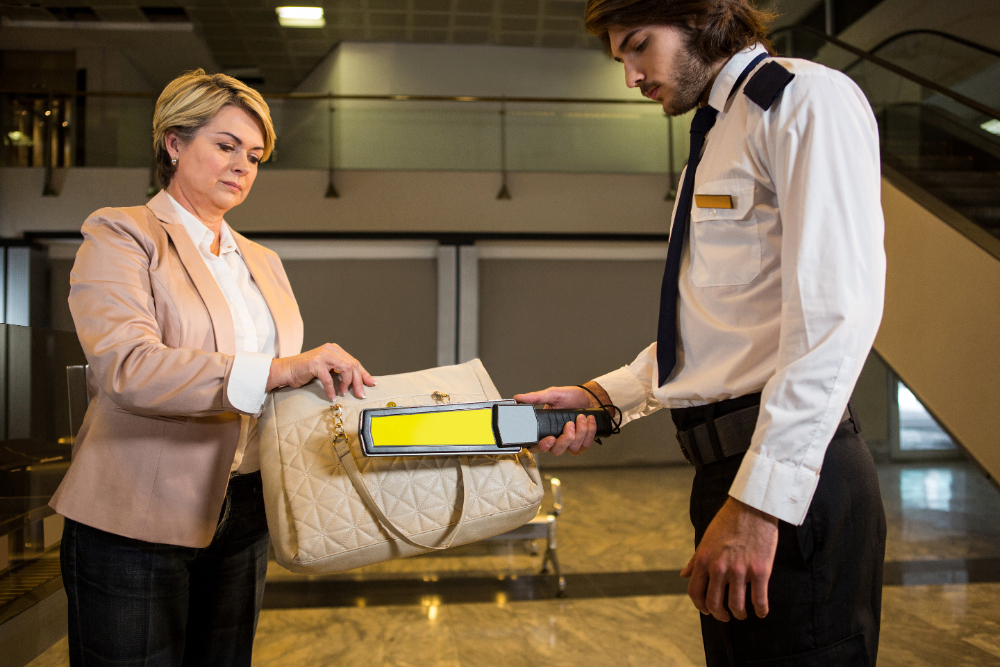
Travelers often wonder why some passengers undergo additional screening at airport security checkpoints. The TSA monitors a variety of behaviors that could suggest heightened risk, including nervousness, evasive eye contact, or unusual luggage. Understanding these behaviors helps clarify that extra screening isn’t a personal judgment but a precautionary measure designed to maintain safety. Being calm, cooperative, and prepared can make this process smoother for everyone involved.
1. Displaying nervous or anxious body language around security checkpoints.
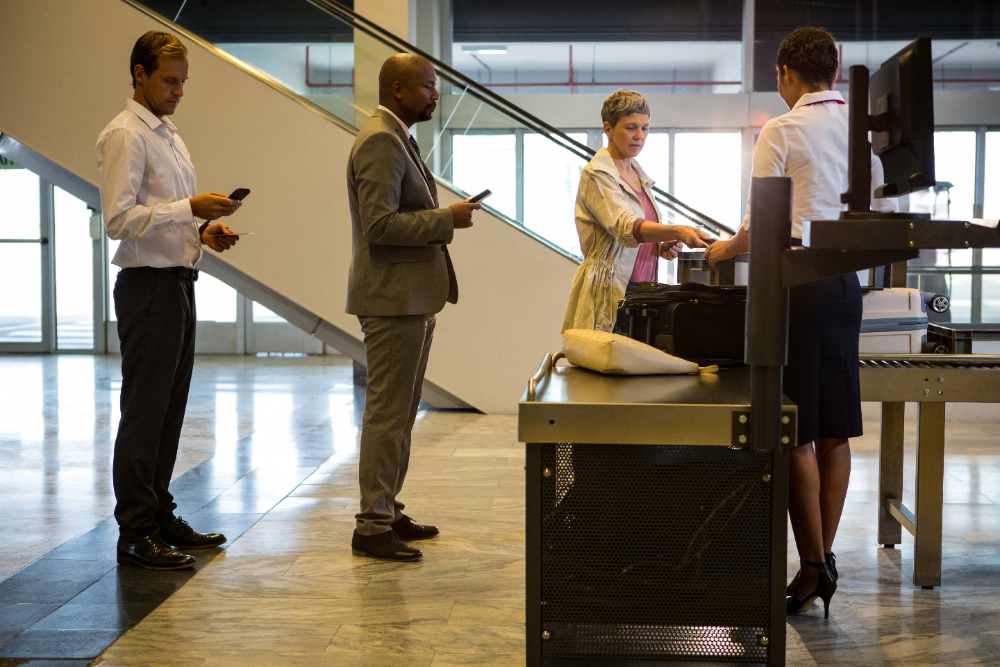
Security personnel observe body language as a potential risk indicator. TSA officers are trained to recognize signs of stress, like fidgeting or sweating, which might contrast sharply with the mundane tasks of everyday screening. When travelers display anxiety, this increases the likelihood of additional scrutiny.
Subtle cues or heightened alertness can prompt deeper investigation, balancing safety and efficiency. Imagine standing in line, feeling the buzz of an airport around, while trying to stay calm. It’s a delicate dance between maintaining composure and avoiding undue attention despite anxious surroundings, according to Fox News.
2. Avoiding eye contact or frequently looking around the screening area.
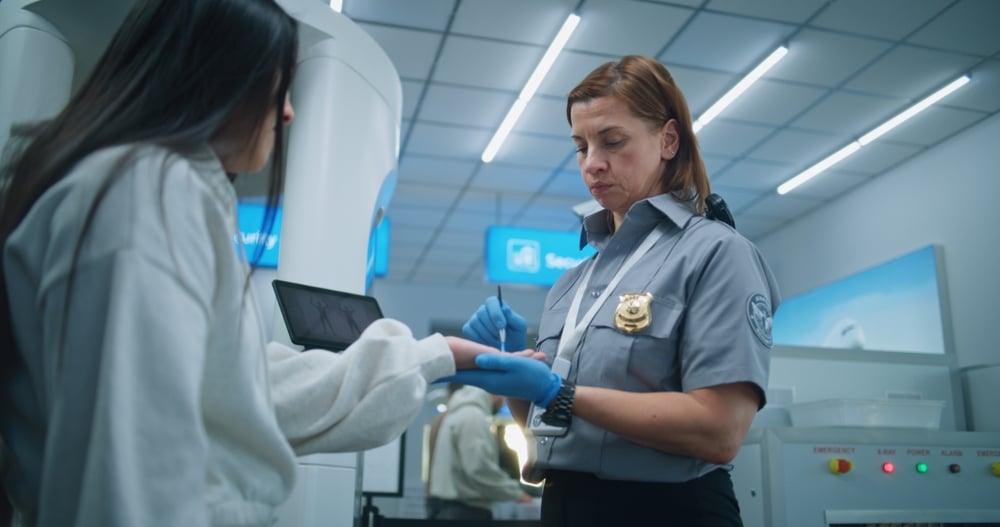
Direct eye contact often signals trustworthiness, while evasive gazes might spark concern. TSA monitors these nonverbal signals, as avoiding eye contact or frequent scanning of the checkpoint area could be interpreted as potential threat behavior, though many travelers may simply be observing their surroundings.
In bustling environments, scanning crowds is normal, yet persistent darting glances may warrant further investigation, as shared in The Intercept. Maintaining a balance between awareness and openness can be challenging when rushing to catch a flight or navigating an unfamiliar terminal.
3. Carrying unusual or bulky items that obscure the contents of a bag.
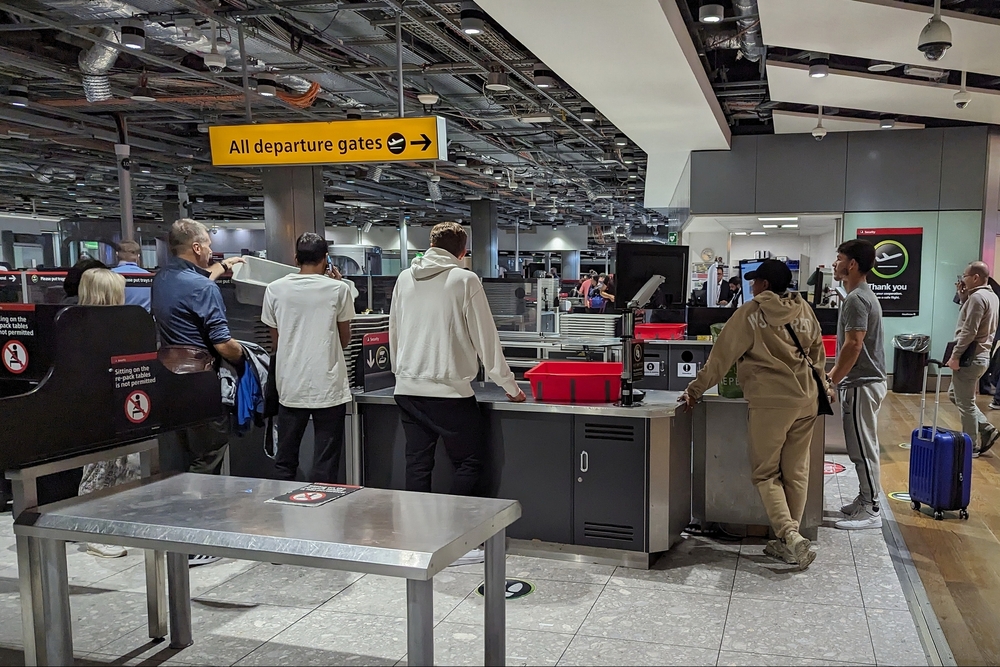
Oddly shaped or oversized luggage can naturally arouse suspicion at airports. Such items may be viewed as potential hiding spots for prohibited materials. TSA agents use these visual cues to prioritize which bags need closer examination during security checks, according to islands.com.
Encounters with unusually packed bags can often stem from forgotten packing organization rather than intent. However, these moments are pivotal in ensuring passenger safety. Evaluate that roller bag full of souvenirs—it might just confuse scanners, prompting additional scrutiny upon review.
4. Arriving at the airport with last-minute ticket changes or irregular travel plans.
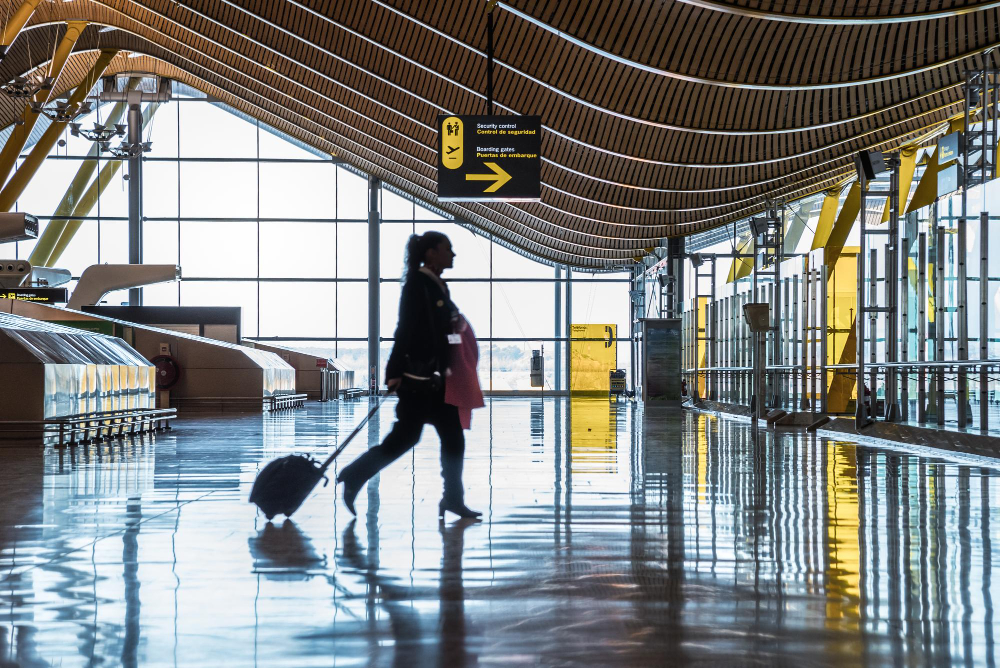
Irregular travel arrangements may catch the attention of TSA agents. Last-minute ticket changes or complex itineraries can appear suspicious. These scenarios require closer examination of travel intentions, as they might suggest spontaneous decisions or emergency situations, leading to deeper analysis.
Unplanned trips or abrupt changes spur additional scrutiny due to possible security implications. Yet, such situations can arise from benign reasons like missed flights or urgent business. Authorities balance these lenses of interpretation, ensuring no essential detail goes amiss during evaluation.
5. Wearing clothing that obscures identity or has multiple layers without clear reason.

Wearing clothing that obscures personal identity may attract additional airport screening. Multiple layers or unusual attire can mask facial features or body shape, prompting TSA to investigate further. Safety is prioritized by evaluating such anomalies which might obstruct identification.
Layered clothing, suitable for changing climates, might raise eyebrows when worn inopportunitely. Transparent intent and context are vital as security examines each detail critically. Known travelers may find this an awkward necessity, but security cannot take risks.
6. Attempting to avoid security lines or ignoring staff instructions.
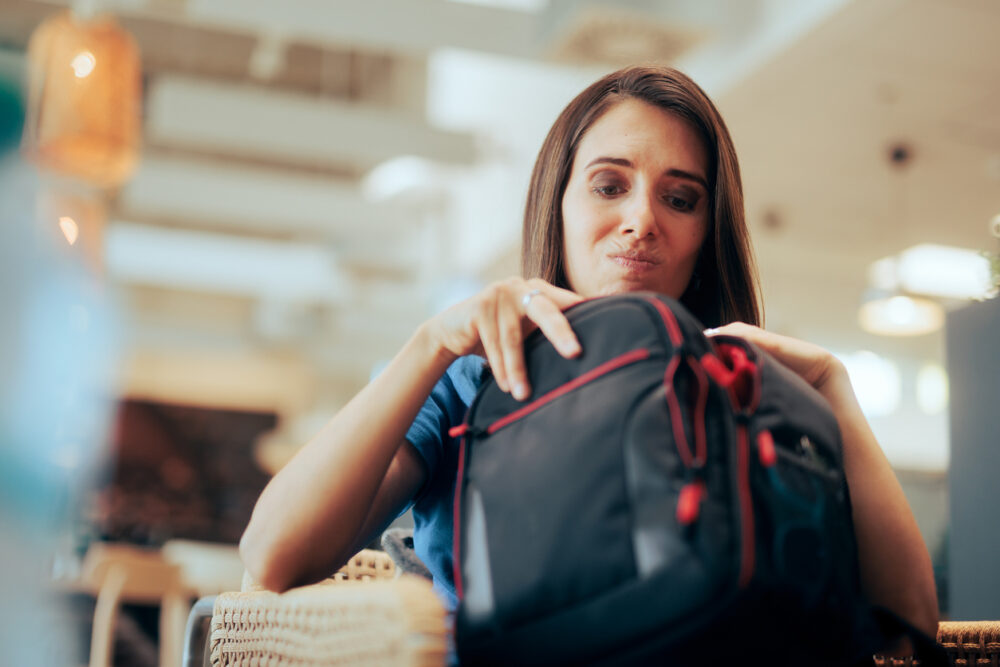
Attempting to skip lines or avoid instructions in security areas can lead determined eyes from TSA. Such actions signal a potential interest in bypassing regulatory protocols. Keeping the atmosphere secure depends on following prescribed pathways and guidelines.
Rushed travelers might accidentally disrupt queue orders, yet perceived line-cutting serves as a behavior red flag. Even minor deviations from the norm can necessitate attention, ensuring passengers sail through oversight while following structured processes.
7. Exhibiting inconsistent or suspicious answers during routine security questioning.
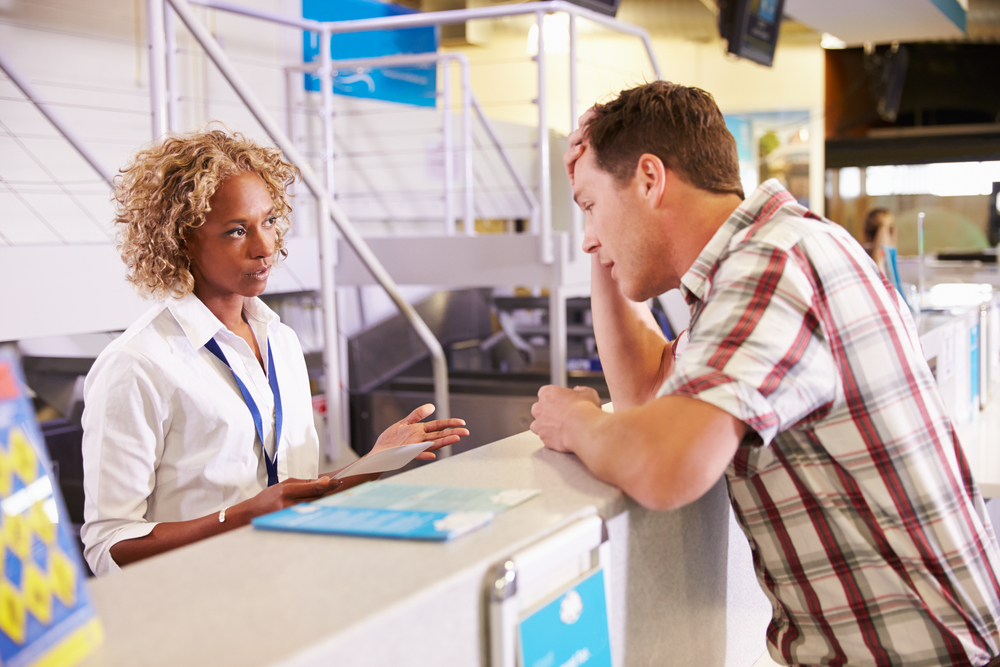
Inconsistencies during initial questioning may prompt TSA to conduct additional screenings. Security agents engage in casual conversation not just for information gathering, but also to observe behavioral cues. Responses that deviate from expected norms or reveal contradictions can heighten scrutiny.
While some travelers are naturally nervous, coherence in replies ensures smooth interaction. Occasionally, alarms may ring due to mere conversational glitches, which, from security’s vantage, require patience and clarification.
8. Traveling with suspicious documentation or lacking proper identification.
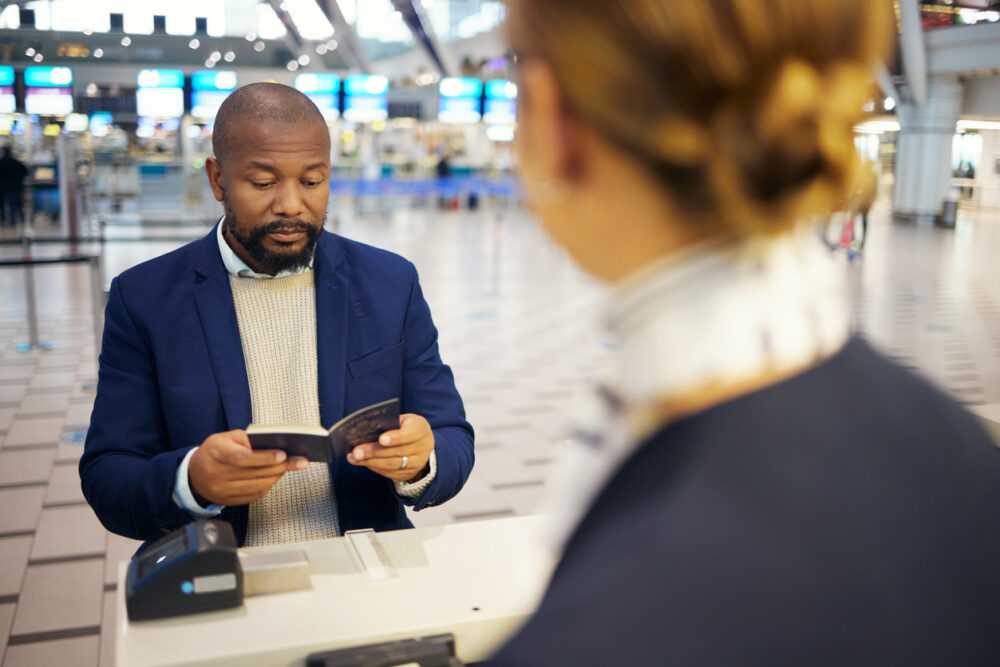
Traveling with inadequate documentation may draw closer inspection from TSA officials. Authorities are vigilant about identifying correct and valid paperwork, as incomplete or dubious documents might signal potential threats or illegal intentions.
Travel woes such as forgotten IDs or visibly altered documents may trigger delays, prompting officials to pause. Examining papers critically maintains the rhythm of travel integrity, essential for all journeying passengers.
9. Showing signs of excessive sweating or physical discomfort without obvious cause.
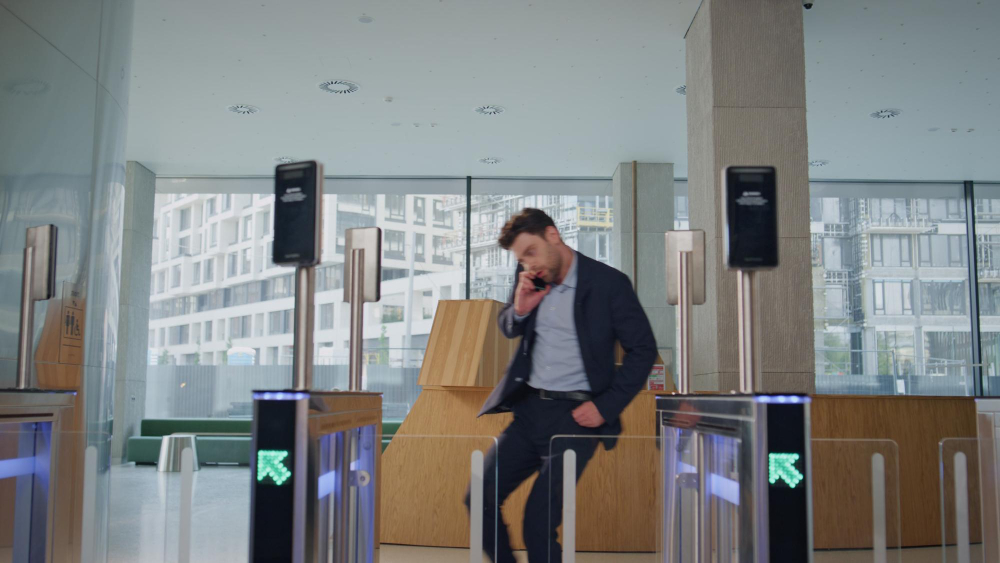
Visible signs of excess sweating or physical discomfort raise TSA’s interest. Environmental stressors can naturally induce perspiration, yet marked bystanders might interpret this as possible deception, leading to escalated examination.
Sweaty palms or shifting gazes sometimes stem from fear of flying, not foul play, highlighting dilemma between circumstantial discomfort and perceived guilt. Comfort becomes priority amidst the anticipatory gauze of busy hubs.
10. Being part of a group engaging in coordinated or seemingly rehearsed behaviors.
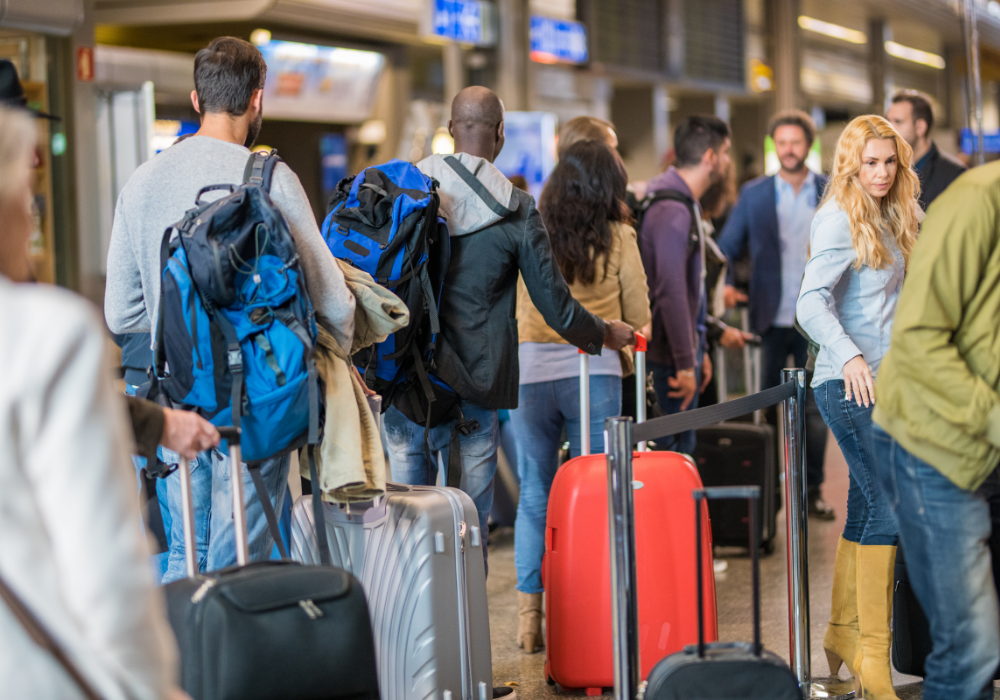
Travelers in coordinated groups displaying particular behaviors can catch the attention of TSA. Movements and actions appearing synchronized may resemble rehearsed schemes, warranting further oversight to ensure such activities align with benign intentions.
Casual companionship on journeys often leads to shared plans, yet securities adherence remains vital. Balancing travel vibrancy with vigilance sharpens the arc of interaction within transit complexes.
11. Carrying electronic devices that appear modified or tampered with.
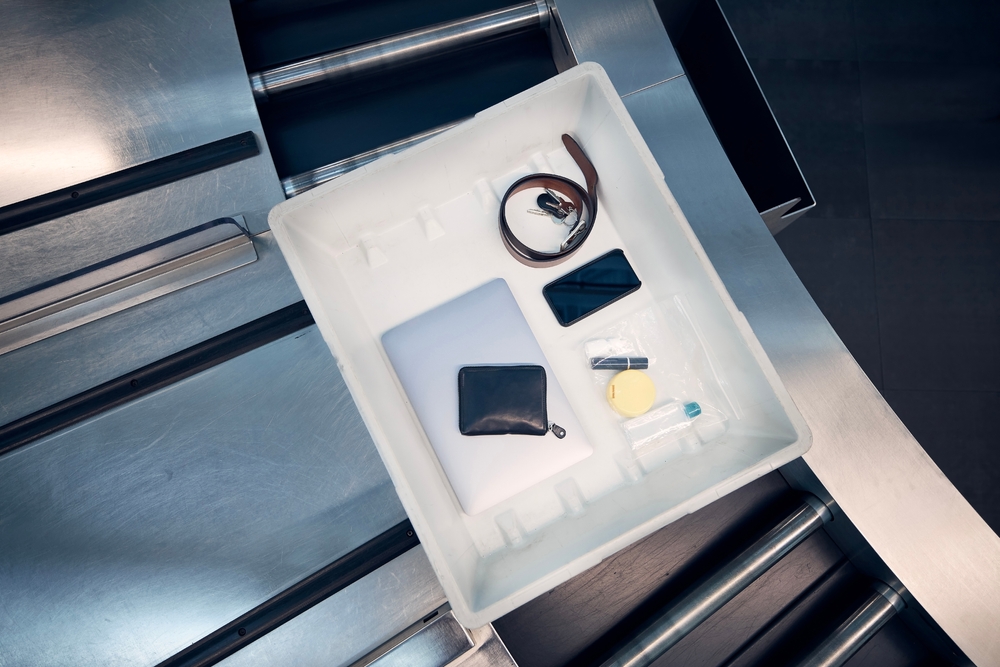
Modified or suspicious-looking electronics can raise red flags for TSA officers. Devices that appear tampered with may suggest hidden components or illicit functions, necessitating a precautionary check to ensure compliance with safety regulations.
Battered hardware might merely reflect frequent use, but technicians await to examine any irregularities. Securing both passengers and technology protects the digital domain, a stepping stone for the tech-revolutionized traveler.
12. Persistently adjusting or hiding personal belongings during security screening.
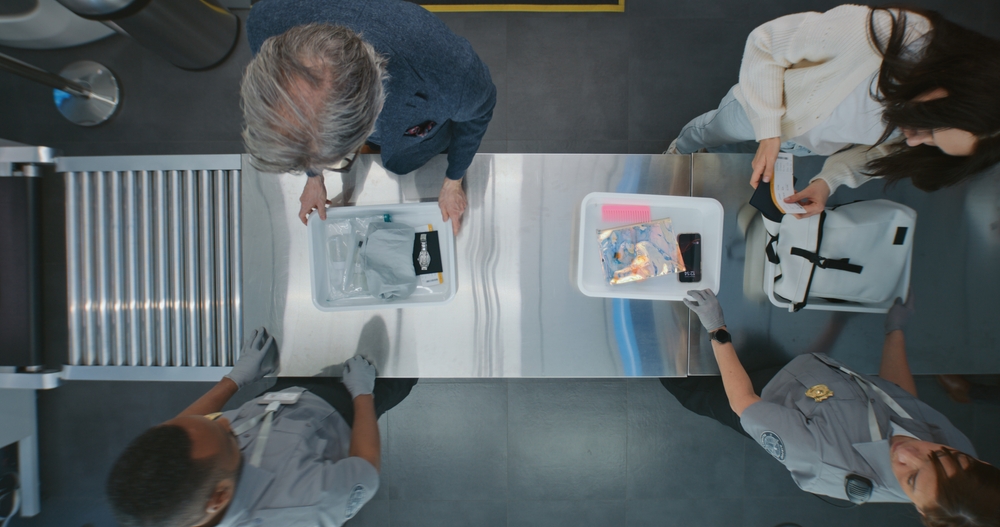
Adjusting personal items repeatedly during screening can alert TSA staff to examine more closely. Familiar fidgeting over one’s belongings may erroneously act as indicators of illicit intentions or concealed contraband.
Nerves surrounding long flights might spur such habitual handling. Skilled agents find assurance in thorough reviews while allowing passages to flow naturally and securely through airport corridors.
